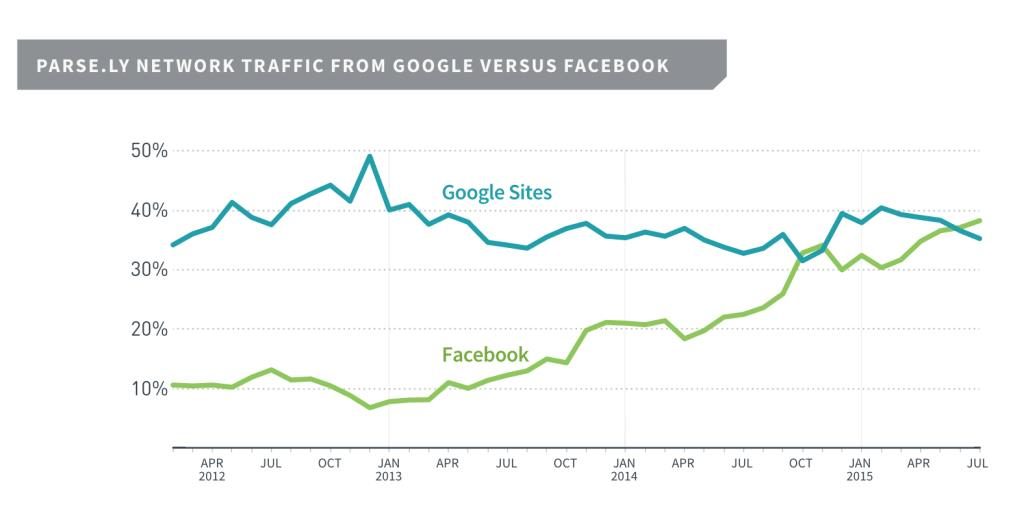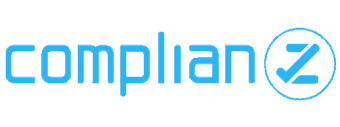Following the “COVID Story”: Reflecting on Coronavirus Media Coverage
Whether you’ve been working in health, public health, media, or public relations, or you’re just a human trying to survive, 2020 has been an unforgettable and bizarre experience. Endless depressing case counts and deaths. COVID-19 special reports. White House coronavirus briefings. CDC, WHO and Task Force updates and trending hashtags about PPE, testing, ventilators and plenty of depressing things that many of us had never planned to think about.
Remember hearing about COVID-19 in February, back when it seemed to only exist on cruise ships or in Wuhan? When first responders had inadequate PPE? The first week we learned that we should wear masks? The continuing flow of contradictory stories on “miracle” drugs and speculative vaccine timeframes? In hindsight, the situation sometimes seemed to become clearer, only to turn even more confusing.
I recently spent several intense hours reviewing and organizing seven months’ worth of COVID-19 drug stories, and all of these things streamed back through my thoughts. In our work, it’s important to gather story numbers and impressions and to tally both original pieces and syndications in order to accurately report results and continually refine future media strategy. Proofreading, essentially what I did for the five-thousand-line spreadsheet, involves using the tools available (particularly Office’s spell check, find, and sort functions) while also buckling in for thoughtful reviewing and re-reviewing. By nature, this work cannot be done quickly. It’s also helpful to incorporate the proofreading best practice of reading backwards: starting at the bottom of the document instead of the top and working in the opposite direction. Not only did these tactics yield an accurate overview of media coverage, but this experience really impressed on me how much the COVID story has changed throughout 2020.
Thankfully, we learn more about COVID-19 all the time, thanks especially to researchers, health and public health professionals, and dedicated journalists. Yes, the media coverage has been exhausting and sometimes confusing and problematic. It remains important to consider sources, cross-reference guidance, and prioritize experts. However, in great part thanks to the media, most people now know about the variety of actions that we can each take to fight COVID-19, with more knowledge gained all the time. One of the top things we can do this fall is get a flu shot.
The dedication to service and innovation that I’ve seen throughout society this year—though inevitably twinged with tragedy and loss—encourage me to do whatever I can as an individual to keep myself and others safe and to help share useful, accurate information as a medical public relations professional. In the next seven months, the “COVID story” will surely develop and progress, and as it does, we can find hope in remembering what we can control as well as embracing the sure-to-come helpful new information and developments to keep us safe and pursue the return to our pre-pandemic lives.




